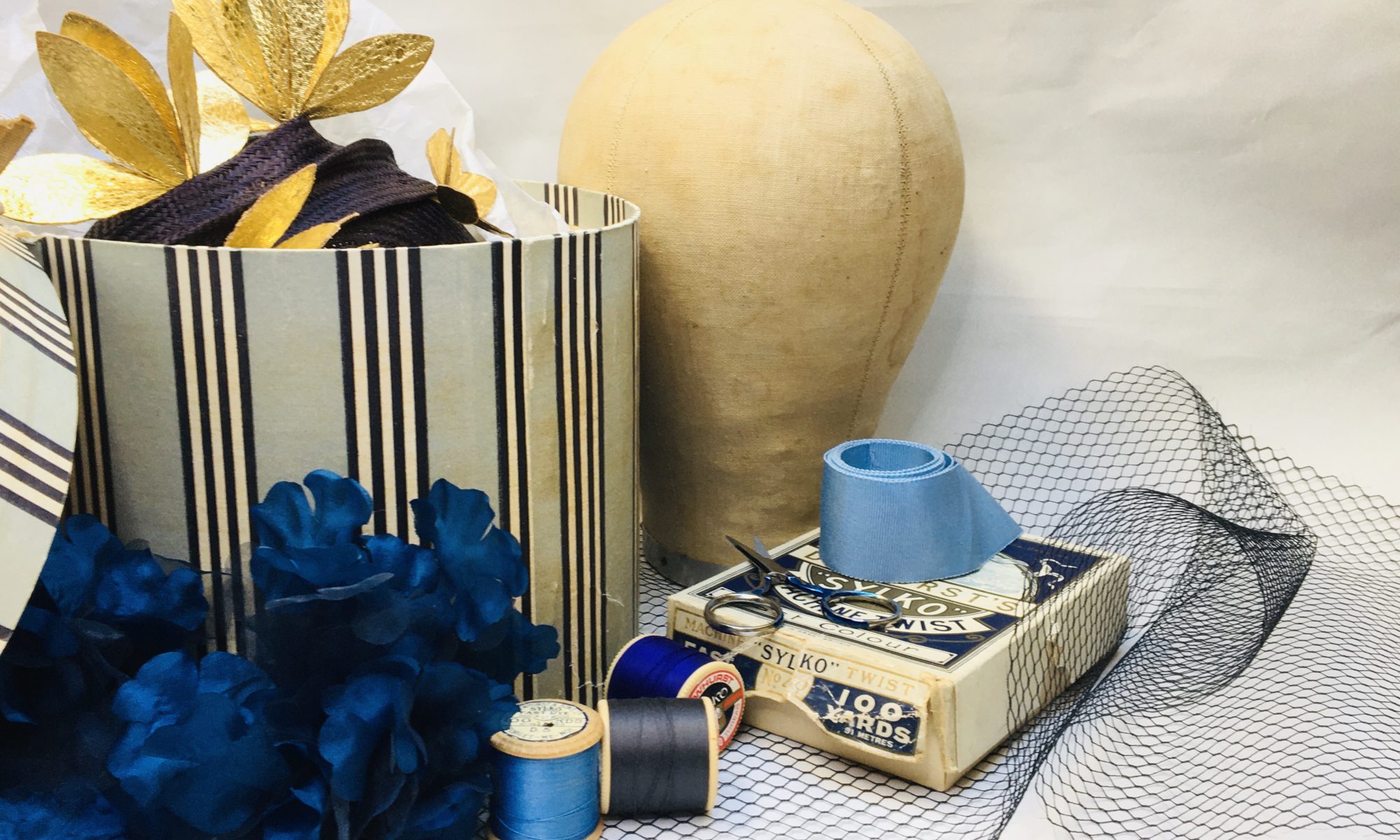
Today (03/03/2022) is World Book Day, an annual charitable campaign funded by booksellers and publishers in the UK and Ireland with the intention of giving every child a book of their own. Traditionally, schoolchildren mark the day with a festive feel by dressing up in characterful costumes from their favourite works of fiction. It’s fun for all and a celebration of literacy and the joy and value of reading. Although that said, I did spot this headline from The Telegraph imploring “let’s end the performative hell of compulsory World Book Day costumes”. Oh dear!
When you stop to think about it, the worlds of literature and millinery collide with great regularity. Fictional characters are frequently depicted through their headgear with hats used as a valuable literary device by authors, as a shorthand, to signal a character’s traits, status and function. At its simplest, the ‘baddies’ wear a black hat, the ‘goodies’ wear white. Certain fictional characters have also come to be closely associated with particular hats and depicted as hat wearers. One of the most obvious examples being Conan Doyle’s fictional detective, Sherlock Holmes and his infamous houndstooth deerstalker.
Then there are fictional works about hats. The children’s publishing arena is particularly strong in this regard. There’s Amy de la Haye’s Clara Button and the Magical Hat Day (2011); Red Hat by Lita Judge (2013); Hat by Paul Hoppe (2009); Rosie’s Hat by Julia Donaldson (2005), and The Queen’s Hat by Steve Antony (2014), to name but a few. And that’s not to mention The Cat In The Hat (1957) by good old Dr Seuss.
As far as books for grown-ups go, Michael Arlen’s The Green Hat (1924) is a keen starting point. And there are subtler references to millinery scattered throughout the pages of Edith Wharton’s House of Mirth (1905); Frances Hodgson Burnett’s The Making of a Marchioness (1901) and Virginia Woolf’s Mrs Dalloway (1925), wherein the protagonist Rezia, an Italian milliner, pronounces “it’s the hat that matters most” (p. 95). My sentiments precisely.

